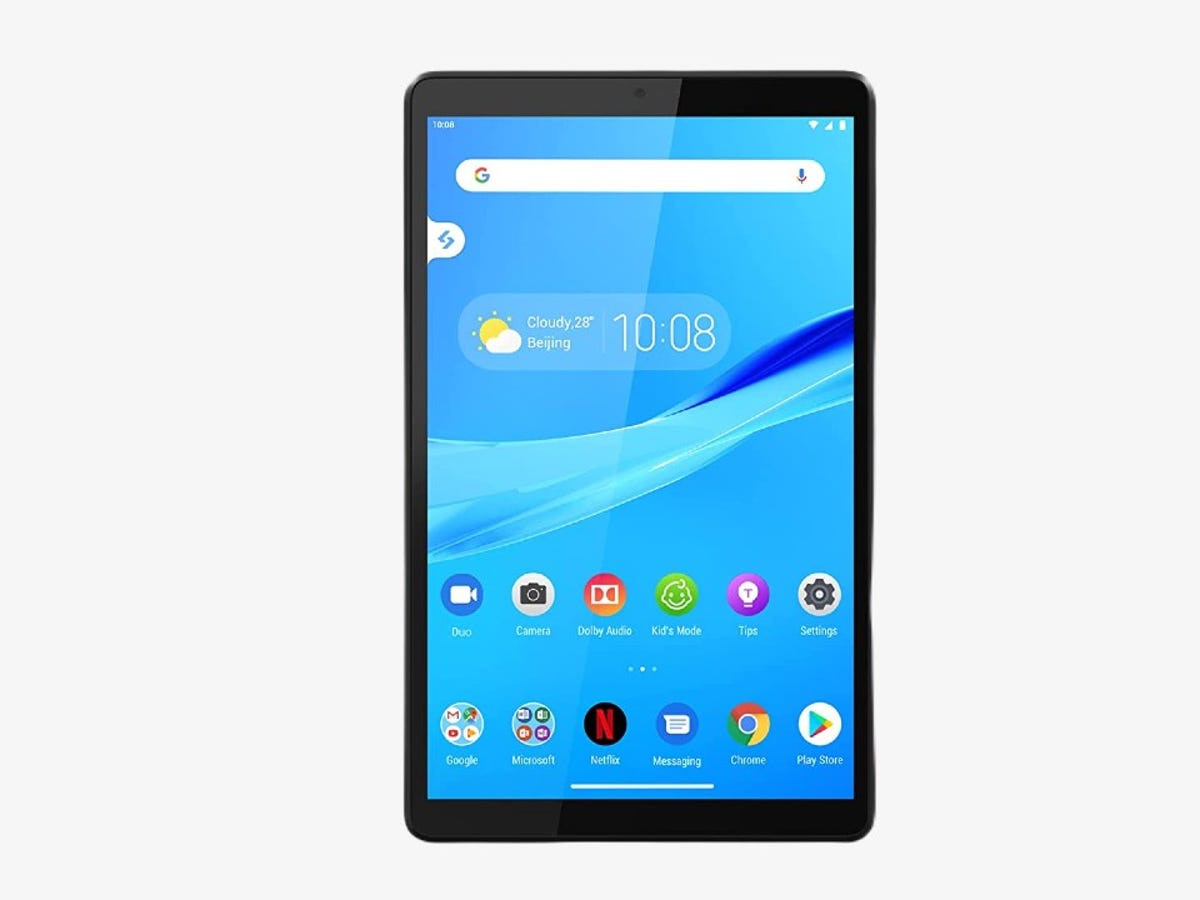
Understanding the Importance of Portability
Portability plays a significant role in choosing a tablet. Whether you're a student, professional, or someone who enjoys staying connected on the go, a lightweight tablet offers several advantages:
- Ease of Carrying: Lightweight tablets are easier to carry, whether commuting, traveling, or moving between rooms.
- Battery Life: Efficient batteries in lighter tablets often provide longer usage without adding bulk.
- Durability: Smaller, lighter devices are less prone to damage due to reduced size and weight.
- Versatility: Easily switch between different environments without feeling weighed down.
Top Contenders for the Lightest Android Tablets
Samsung Galaxy Tab A7 Lite
The Samsung Galaxy Tab A7 Lite is a popular choice for those seeking a lightweight tablet. Key specifications include:
- Display: 8.7 inches, 1340×800 pixels
- Processor: MediaTek MT8768N
- Storage: 32GB or 64GB, expandable up to 1TB
- Weight: 0.81 pounds (0.37 kg)
- Dimensions: 8.37 x 4.91 x 0.31 inches
- Battery Life: 10 to 12 hours
- Connectivity: USB-C port, 3.5mm headphone jack
Known for affordability and versatility, the Tab A7 Lite features a robust metal frame, making it suitable for both entertainment and productivity. Expandable storage allows users to increase capacity beyond the initial 32GB or 64GB.
Lenovo Yoga Tab 3
The Lenovo Yoga Tab 3 stands out with its unique design and functionality. Key specifications include:
- Display: 8 inches, 1280×800 pixels
- Processor: Qualcomm Snapdragon 210
- Storage: 16GB, expandable up to 128GB
- Weight: 1 pound (0.45 kg)
- Dimensions: 8.2 x 4.7 x 0.5 inches
- Battery Life: Long-lasting battery housed in a chunky bottom surface
- Connectivity: USB-C port, microSD card slot
The built-in kickstand allows users to enjoy movies or videos without needing an external stand. The tablet's battery life is impressive, thanks to its unique design housing the battery in a thick rounded edge.
Samsung Galaxy Tab S2
Another contender in the lightweight category is the Samsung Galaxy Tab S2. Key specifications include:
- Display: 8 inches, 1920×1200 pixels
- Processor: Samsung Exynos 5433
- Storage: 32GB, expandable up to 128GB
- Weight: 0.58 pounds (0.26 kg)
- Dimensions: 8 x 5 x 0.22 inches
- Battery Life: Long-lasting battery
- Connectivity: USB-C port, microSD card slot
Praised for its sleek design and powerful performance, the Galaxy Tab S2 is available in both 8-inch and 9.7-inch models. The 8-inch version is particularly lightweight and compact.
Factors to Consider When Choosing a Lightweight Tablet
When selecting a lightweight Android tablet, consider several factors beyond just weight and dimensions:
- Display Quality: Look for high-resolution displays offering vibrant colors and clear text.
- Processor Performance: Ensure the processor can handle your needs. Mid-range processors like MediaTek MT8768N or Qualcomm Snapdragon 210 should suffice for most users.
- Storage Capacity: Expandable storage options are crucial if you plan to store many files or apps.
- Battery Life: A long-lasting battery is vital for a portable device. Look for tablets with batteries lasting at least 10 hours on a single charge.
- Connectivity Options: Ensure the tablet has necessary connectivity options such as USB-C ports, microSD card slots, and headphone jacks.
- Operating System: Consider whether you prefer the latest version of Android or are comfortable with older versions.
- Additional Features: Some tablets come with built-in kickstands, styluses, or water-resistant designs, enhancing the overall experience.
Comparison of Top Contenders
Samsung Galaxy Tab A7 Lite vs Lenovo Yoga Tab 3
- Weight: Samsung Galaxy Tab A7 Lite weighs 0.81 pounds, while Lenovo Yoga Tab 3 weighs 1 pound.
- Display: Both have similar display sizes (8.7 inches for Tab A7 Lite, 8 inches for Yoga Tab 3), but Tab A7 Lite has a higher resolution (1340×800 pixels).
- Processor: Tab A7 Lite uses MediaTek MT8768N, while Yoga Tab 3 uses Qualcomm Snapdragon 210.
- Storage: Both offer expandable storage options, but Tab A7 Lite can go up to 1TB, while Yoga Tab 3 can go up to 128GB.
- Battery Life: Both have long-lasting batteries, but specific battery life details are not provided for Yoga Tab 3.
Samsung Galaxy Tab S2 vs Lenovo Yoga Tab 3
- Weight: Samsung Galaxy Tab S2 weighs 0.58 pounds, significantly lighter than Lenovo Yoga Tab 3.
- Display: Galaxy Tab S2 has a higher resolution display (1920×1200 pixels) compared to Yoga Tab 3 (1280×800 pixels).
- Processor: Galaxy Tab S2 uses Samsung Exynos 5433, more powerful than Qualcomm Snapdragon 210 in Yoga Tab 3.
- Storage: Both offer expandable storage options, but Galaxy Tab S2 can go up to 128GB, while Yoga Tab 3 can go up to 128GB as well.
- Battery Life: Both have long-lasting batteries, but specific battery life details are not provided for Yoga Tab 3.
Making Your Choice
Choosing the lightest Android tablet depends on specific needs and preferences. If display quality and expandable storage are priorities, Samsung Galaxy Tab A7 Lite might be the best option. For those who prefer a unique design with a built-in kickstand, Lenovo Yoga Tab 3 could be more suitable. If both weight and display quality are important, Samsung Galaxy Tab S2 is an excellent choice.
Each of these tablets offers unique advantages catering to different user requirements. By considering factors such as display quality, processor performance, storage capacity, battery life, connectivity options, operating system version, and additional features, you can make an informed decision that best fits your lifestyle and needs.
